560 najdenih rezultatov
Skip results of view Novice
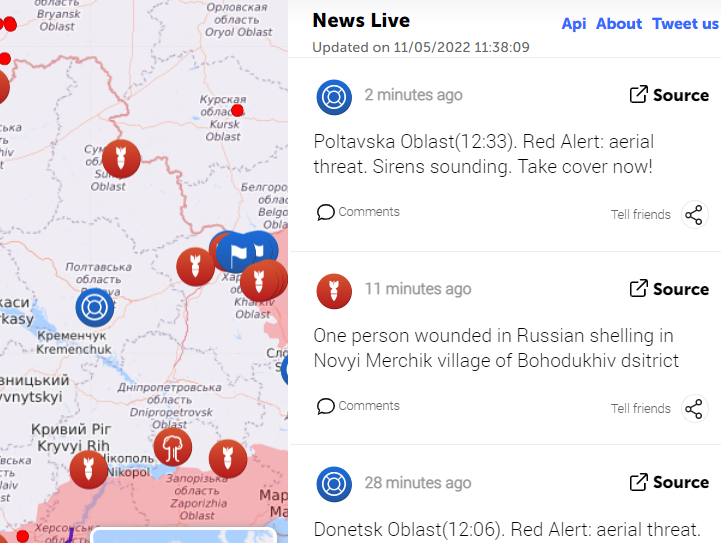
In the Russian war against Ukraine, open-source intelligence has been used to understand its progress. The Live Universal Awareness Map ‘Liveuamap’ is an interactive map-based news and information site dedicated to reporting on conflicts, human rights issues, protests, terrorism, weapons deployment, health matters and natural disasters. The map identifies events related to, amongst others, Russia’s invasion of Ukraine. It relies on social media, using embedded geotags to determine location. This data is collected by ‘AI web crawlers’, which filter relevant stories that are forwarded to a group
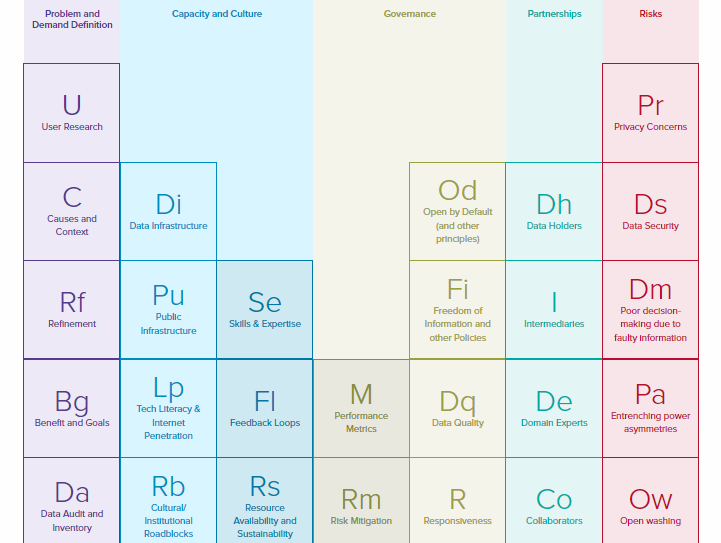
Based on existing literature and case studies, the GovLab has developed a Periodic Table of Open Data Elements. In the same way the Mendeleev´s periodic table describes the most important characteristics of chemical elements, the GovLab´s table depicts all enabling and disabling factors of open data initiatives´ impact. More specifically, the table clusters open data enabling and disabling elements along five central categories, which are likely to either facilitate or disrupt the success of open data projects when replicated across countries. These categories are: Problem and Demand
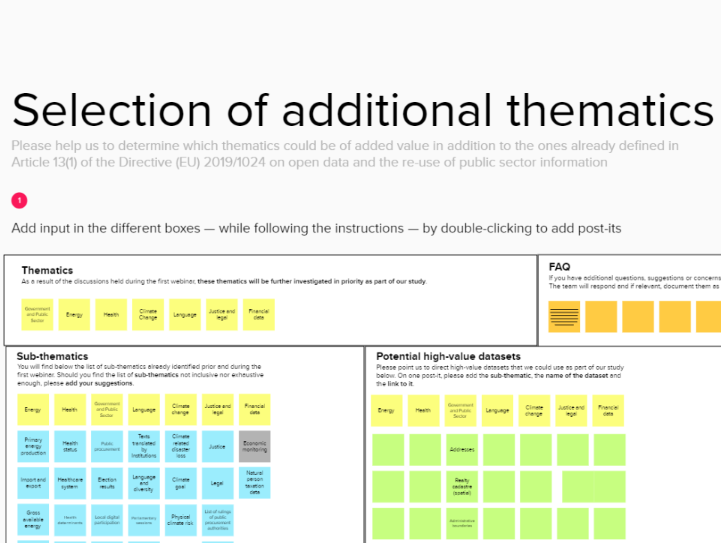
DG CONNECT is leading a study on the identification of thematic categories for the extension of the current list under the Open Data Directive . The study will propose new thematic categories for high-value datasets based on desk research and direct contribution from the different actors (e.g., data publishers, data reusers ) to enable, in a second step, to conduct a socio-economic (impact) assessment of the potential benefits of these new thematic categories. A particular attention will be given to the potential value of re-using public sector information from a start-up and SMEs perspective
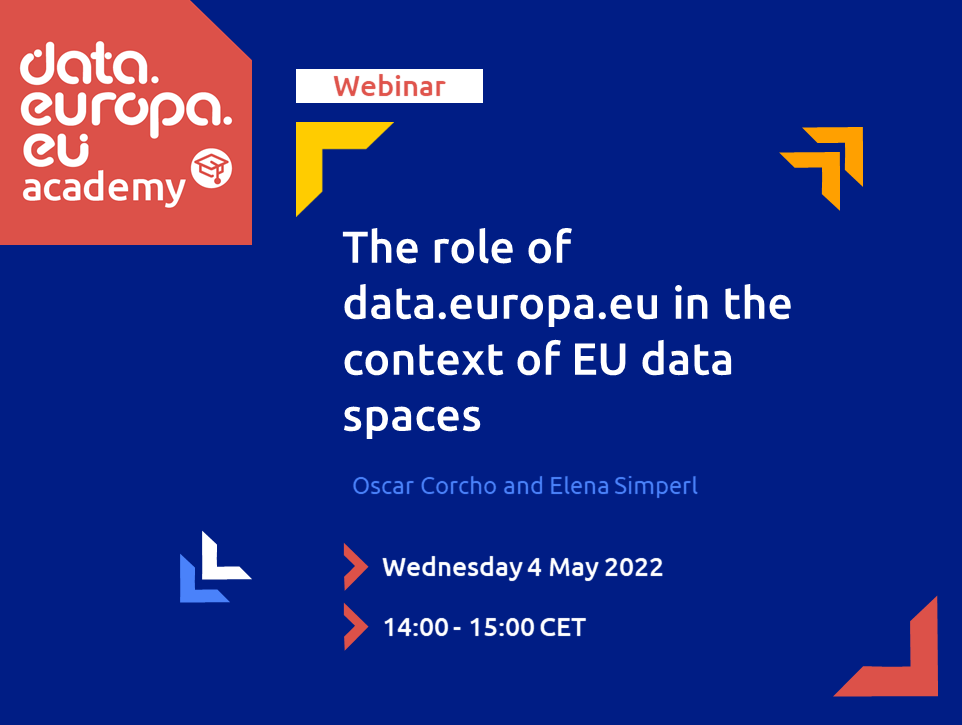
The developments of common European ‘data spaces’, where a community of individuals share and use data cording to pre-set rules, calls for the question of the role of open data and data portals within the wider ecosystem of data spaces. On 4 May 2022, the data.europa academy hosted the webinar ‘ The role of data.europa.eu in the context of EU data spaces’ to explore this topic further. The webinar followed up on the recently published report ‘ Data.europa.eu and the European common data spaces: A report on challenges and opportunities’. The webinar’s presenters and authors of the report, Elena
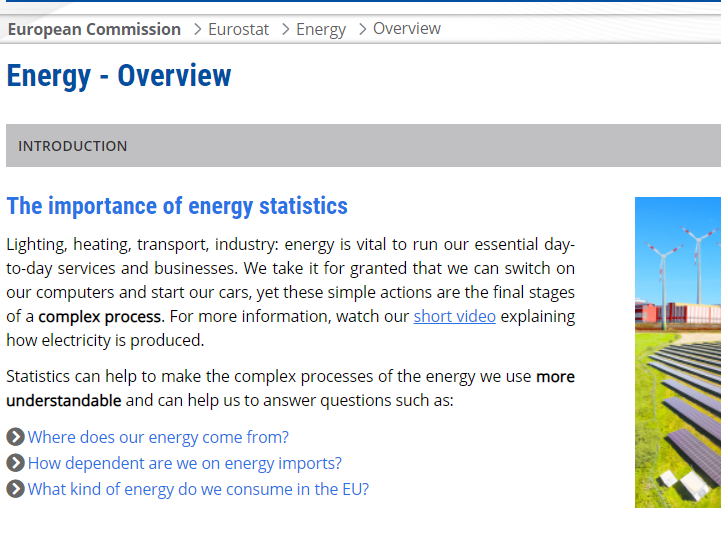
The price and quantity of energy in the EU depends on many supply and demand factors, including geopolitics. With the Russian invasion of Ukraine driving oil and gas prices to higher levels, energy has become, for both governments and citizens, an even greater topic of concern to be closely monitored. At the same time, however, the speed with which energy prices currently change can make this monitoring quite challenging. To keep track of the dynamic price changes for energy and remain informed about present and future energy trends, several EU energy statistics tools can be used. Firstly

Before the Russian invasion in February 2022, Ukraine had already made great progress to develop their open-data practices. Open data had been used in Ukraine to fight corruption, grow the economy and build a democratic society. In the 2021 edition of the annual open data maturity assessment, Ukraine was identified as a European trend-setter. In 2021-2022, more than two million unique users worldwide visited the Unified State Open Data portal, data.gov.ua, managed by the Ministry of Digital Transformation. Currently, access to both data.gov.ua and the local portals of some cities are limited
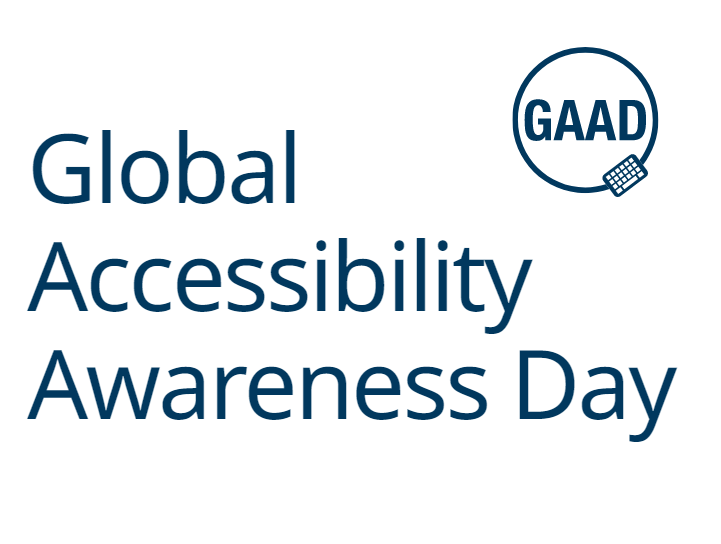
This Thursday, 19 May 2022, the 11 th annual Global Accessibility Awareness Day (GAAD) brings together events to shine a light on digital access and inclusion for people with disabilities. According to the GAAD Foundation, over 1 billion people have disabilities or impairments, including visual, auditory, physical and cognitive impairments. Digital accessibility and inclusive design can provide them equal opportunity to participate in the digital society. Small changes in design can help widen the audience for a given digital service immensely, benefiting both the user and provider. For
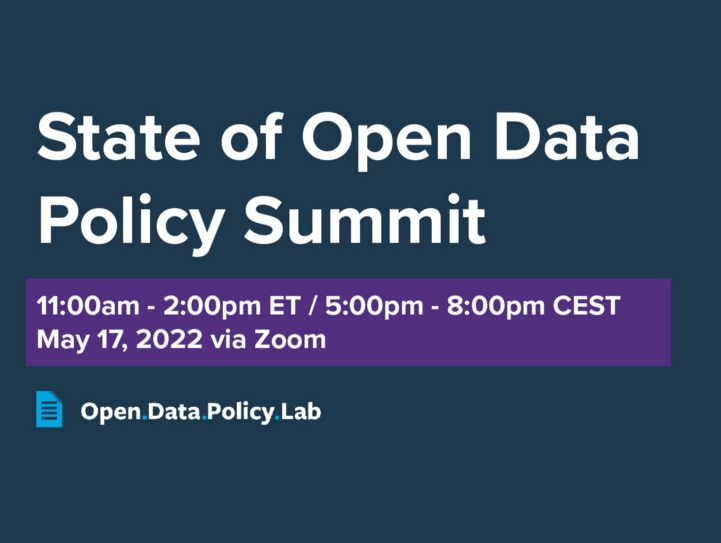
Join the global State of Open Data Policy Summit on Tuesday, 17 May from 17:00 – 20:00 CET. During the event, attendees from all over the world are invited to engage with senior leaders in government, civil society and business to discuss questions such as: What policies can facilitate and incentivise the opening of data? How are recent legal and policy developments shaping data collaboration? The summit aims to explain past, present and future public and private sector policy, including the EU’s Data Act and United States’ Evidence Act. Moreover, the summit looks to identify policies that can
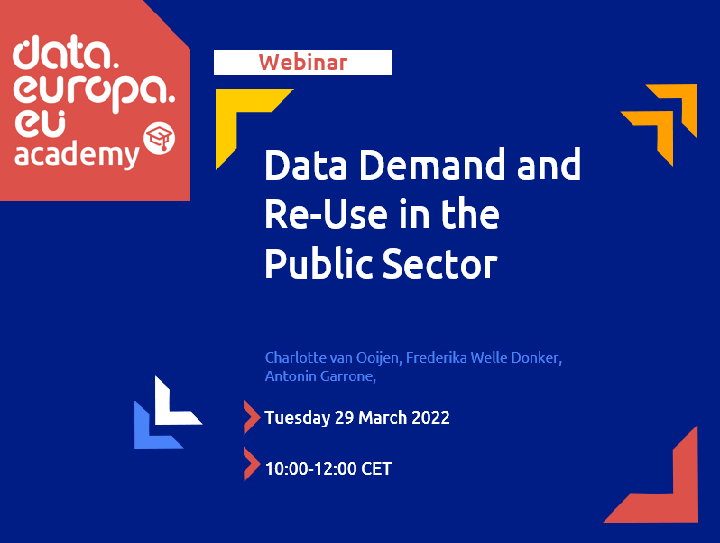
Since the COVID-19 pandemic struck, data on infection rates, hospital occupancies and death tolls has been indispensable to guide governments´ actions. From visualising the evolution of the vaccination rate in France to tracking the economic and social recovery in Member States, open data has helped public institutions carry out their daily activities in a more efficient way and to scrutinise key information for decision-making. Yet, the importance of governments´ re-use of open data goes beyond crisis management. As stressed during the data.europa academy webinar “ Data Demand and Re-Use in
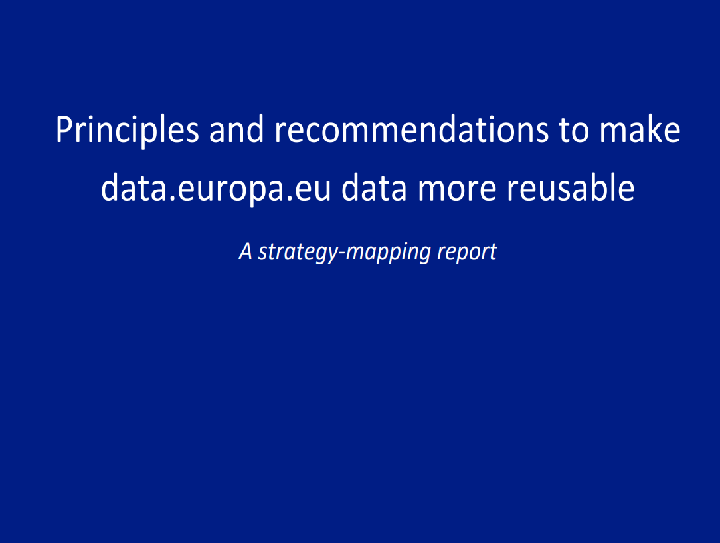
On 2 May 2022, the report “ Principles and recommendations to make data.europa.eu data more reusable - A strategy-mapping report” was published. This report summarises the research done on the mid- and long-term sustainability of (open) data portal infrastructures. More specifically, it investigates the following questions: What is the role of data intermediaries (such as data.europa.eu) in the broader data economy? How can open data portals evolve towards mid- and long-term self-sustainability? How can software tools and platforms be designed to support data intermediaries? Based on this
